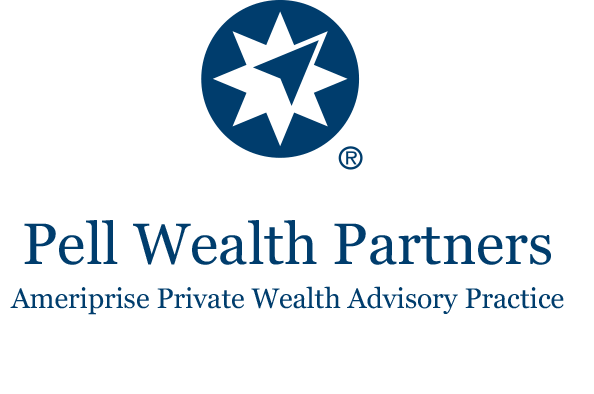Earth Matters focuses on conservation, sustainability, recycling and healthy living.
If Earth Matters to you, sign up for our mailing list and get the next installment delivered bright to your inbox.
by Owen Voutsinas Klose
On Earth Day, you don’t have to search any farther than the Hudson River to realize why it’s important to be a good steward for our environment. Consider this: When was the last time you enjoyed fresh fish from the Hudson River? Unless you are over 60, the answer is probably never.
There are warnings posted along the Hudson River warning you to limit your intake of fish caught in the river. The rich assortment of bass, sturgeon, and shad that fed native Americans, European Settlers, and many generations of Americans are now considered dangerous to eat.
According to the New York State Department of Health, Hudson River fish have “thousands of times” more chemicals than fish in surrounding waterways. The signs posted along the river recommend that pregnant women and small children completely refrain from eating fish caught in the Hudson River.
Hudson River Fish Advisory For
Rockland, Westchester, Putnam
| Fish | Chemicals of Concern |
Men Over 15 & Women Over 50 |
Women Under 50 & Children Under 15 |
|---|---|---|---|
| Crab or lobster tomalley and cooking liquid | PCBs, Dioxin, Cadmium | DON’T EAT | DON’T EAT |
| Channel catfish, Gizzard shad, White catfish | PCBs | DON’T EAT | DON’T EAT |
| Blue crab meat | PCBs, Cadmium | Up to 4 meals/month (six crabs per meal) |
DON’T EAT |
| Atlantic needlefish, Bluefish, Brown bullhead, Carp, Goldfish, Largemouth bass, Rainbow smelt, Smallmouth bass, Striped bass, Walleye, White perch |
PCBs | Up to 1 meal/month | DON’T EAT |
| All other fish | PCBs | Up to 4 meals/month | DON’T EAT |
Source: NYS Department of Health
Health.NY.gov says our history of dumping dangerous cancer-causing chemicals in our waterways has made eating fish caught in the Hudson a risky business.
The primary contaminants of concern in New York State fish are mercury and PCBs. Other contaminants such as cadmium, chlordane, DDT, dieldrin, dioxin and mirex are also concerns in fish from some of the State’s waterbodies. These chemicals build up in your body over time. Health problems that may result from these contaminants range from small changes in health that are hard to detect to birth defects and cancer. Women who eat highly contaminated fish and become pregnant may have increased risk of having children who are slower to develop and learn. Chemicals may have a greater effect on developing organs in young children or in unborn babies. Some chemicals may be passed on in mother’s milk. Women beyond their childbearing years and men face fewer health risks from contaminants than do children.
In 1947, General Electric Co. began to dump PCBs, or polychlorinated biphenyls, into the Hudson River in Fort Edward and Hudson Falls, NY. PCBs are compounds used in electrical equipment, flame retardant and other industrial uses. PCBs are known carcinogens, and cause low birth weight, birth defects, cancer and genetic mutations even in small amounts. By the time GE ceased dumping in 1977, over 1.3 million pounds of the chemical had been released into the river through drainage pipes.
In 1983, the EPA classified the 200-mile stretch of the Hudson River, from Hudson Falls to the Battery in New York City, as a Superfund site.
PCBs are insoluble in water, meaning they can embed in the soil of waterways. Also, PCBs do not easily evaporate, and are highly un reactive, meaning that they can stay in environments for many years. In fact, 10% of the PCBs released since 1922 are still in the environment.
However, PCBs are highly soluble in fats, meaning that they are especially dangerous to fish eaters. When one fish eats another fish with PCBs in them, the PCBs can easily spread up the food chain in fish flesh and fat; and can spread easily to humans.
In 2009, after intense legal wrangling with the EPA, GE finally accepted responsibility for the pollution, and began to remove the chemicals through dredging. This dredging is only expected to remove 10% of the PCBs, so the other 90% will still be in the environment. GE has been fighting in court for decades to absolve themselves of liability for this issue, and a final survey assessing the impact of the chemicals has yet to be released.
This incident serves as an important reminder this earth day of how precious an ecosystem is. One company’s actions has changed the Hudson for generations. We must take into account the effects of what we do to our environment, and never let such a tragedy happen again.
See also:
- There’s Something Fishy About the Hudson, 8/16/2012
- Hudson River PCBs Status of General Electric’s PCB cleanup, Spring 2015 Clearwater.org
- Hudson River PCB Pollution Timeline, Clearwater.org
- Of Time, PCBs and the Fish of The Hudson River, NYS DEC 7/2005
Earth Matters focuses on conservation, sustainability, recycling and healthy living. This weekly series is brought to you by Julie Wendholt, Financial Advisor & Vice President of Pell Wealth Partners, a private wealth advisory practice of Ameriprise Financial Services, LLC.










